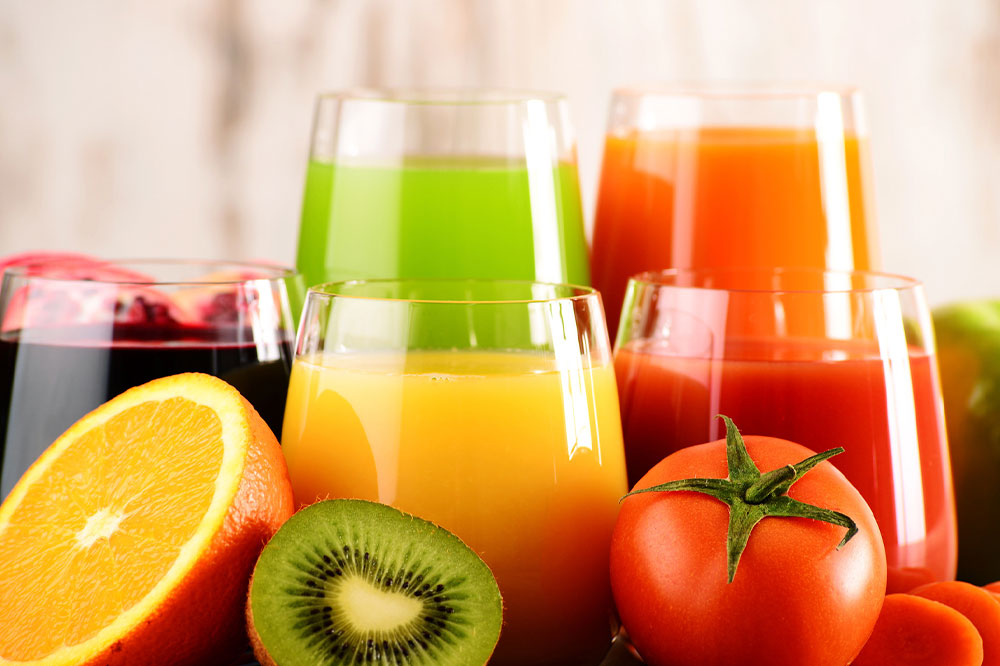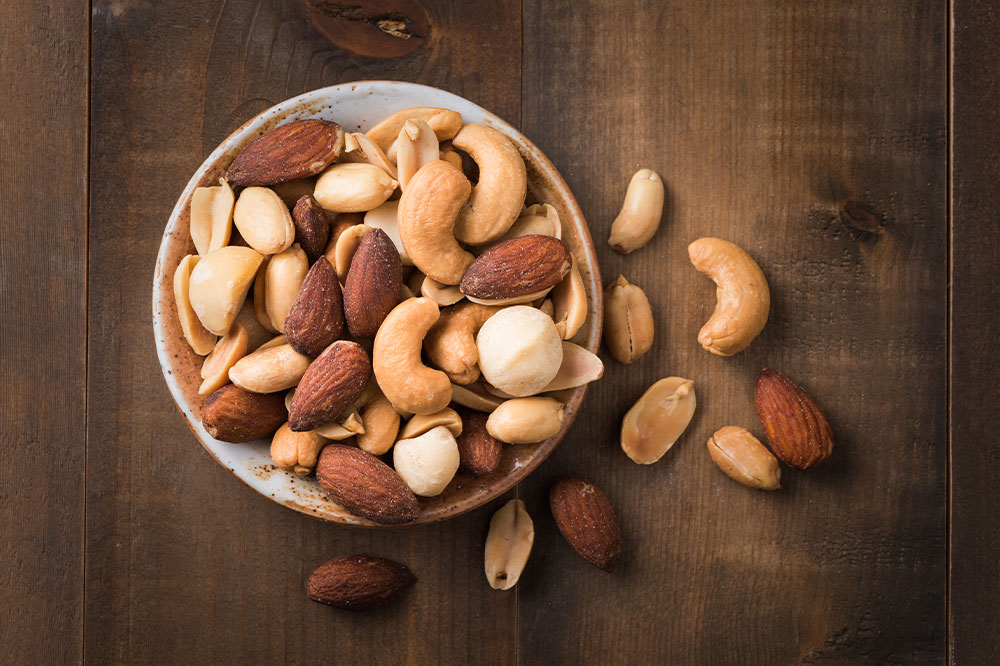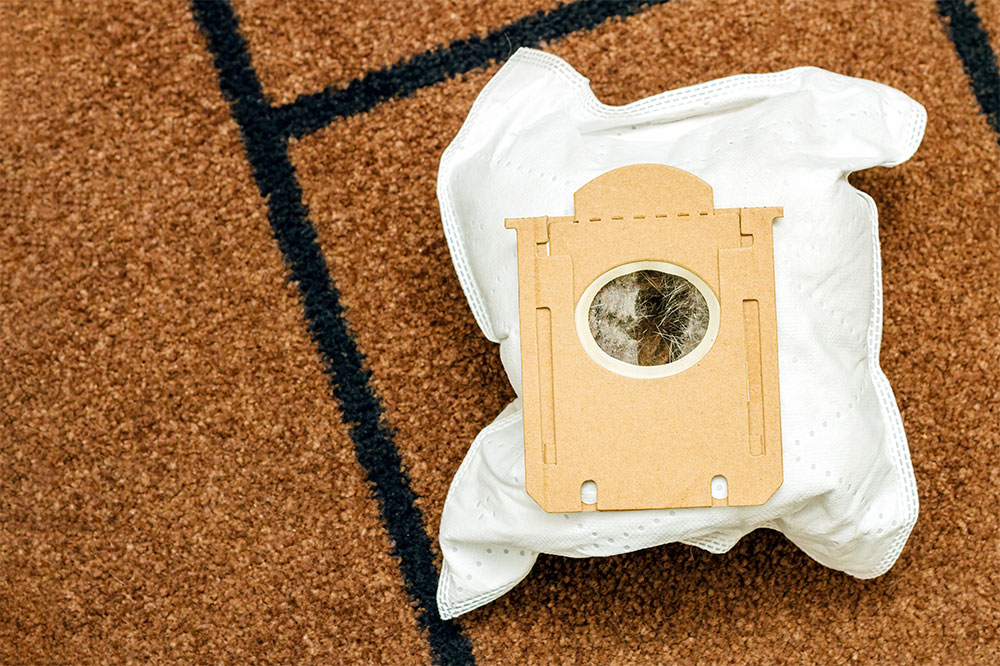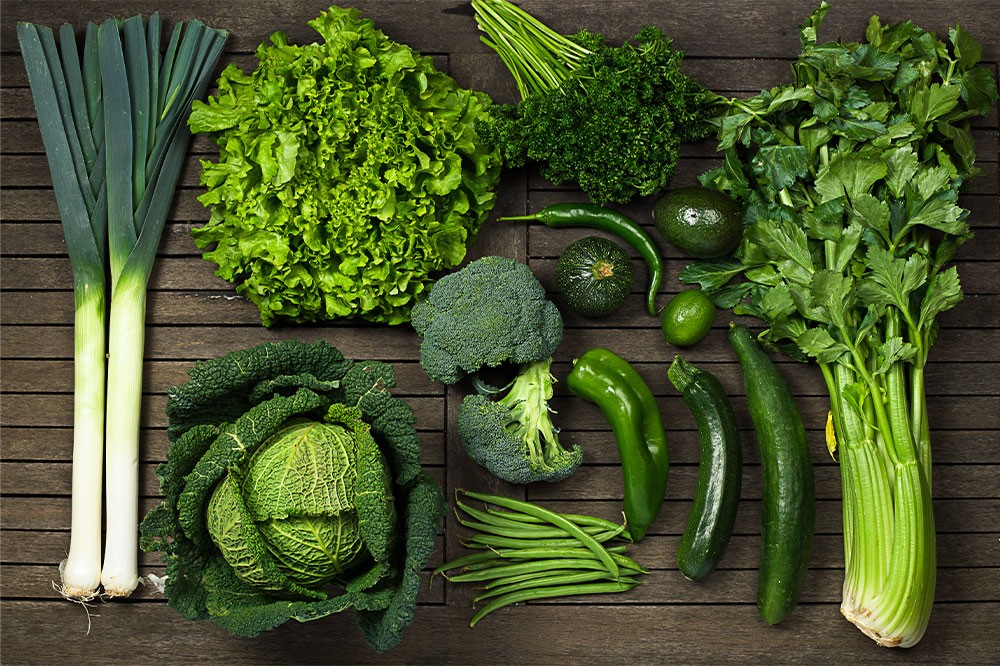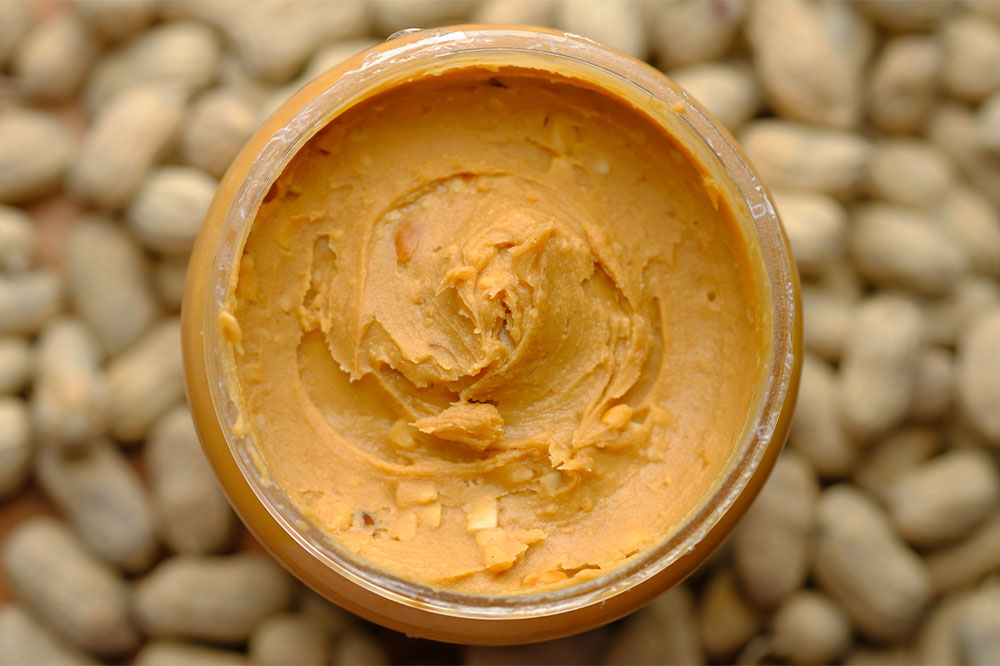12 foods to avoid when dealing with osteoporosis

Osteoporosis is a bone condition characterized by loss of bone density and mass, which can reduce mobility and increase the susceptibility to fractures. Deterioration of bone strength could be a result of calcium and vitamin D deficiency or other health conditions. Timely diagnosis and treatment can help restore bone density and prevent further damage. Further, certain lifestyle and meal-plan changes can expedite the healing process. So, here are some foods people with osteoporosis should avoid:
Processed foods
Processed foods like store-bought burgers, pizzas, cold cuts, and hot dogs can deplete the body’s calcium levels significantly, damaging the bones and worsening osteoporosis symptoms. So, it is best to replace processed foods with healthy fat and carb sources like whole grains, fruits, and vegetables.
Beans
Although beans are excellent sources of fiber, magnesium, and protein, they also contain high levels of phytate, which can reduce calcium absorption, weakening the bones. Adding different types of beans, including kidney beans, lentils, and garbanzo beans, to meal plans in moderation can be good for health. However, one should consider limiting beans to prevent further complications when dealing with osteoporosis.
Liver
Liver is one of the richest sources of vitamin A, a vital nutrient to facilitate healthy vision, a strong immune system, and optimal physical growth. However, studies have shown that an intake of over 10,000 IU of vitamin A per day can cause low bone density and lead to fractures. A serving of beef liver contains more than 100% of the daily vitamin A requirement, making beef, pork, and calf liver one of the key foods to avoid for osteoporosis management.
Caffeine
Caffeinated beverages like tea and coffee can interfere with calcium absorption. Research suggests that approximately 6 mg of calcium is lost from the body with every 100 mg of caffeine intake. Several studies also support the association between caffeine intake and low bone density. So, when dealing with osteoporosis, one should avoid excessive intake of caffeine.
Rhubarb
Rhubarb is rich in essential nutrients, including vitamin K1, vitamin C, fiber, and calcium. However, it is also high in oxalates, which can cause problems with calcium absorption. So, rhubarb (particularly its leaves) should be avoided when managing osteoporosis.
Hydrogenated oils
Here, hydrogen is used to chemically alter the components of vegetable oil, resulting in hydrogenated oil. This process of hydrogenation eliminates vitamin K, which is essential for calcium absorption in the body. So, one should choose non-hydrogenated oils to enhance calcium absorption and prevent the worsening of osteoporosis symptoms.
Sugary drinks and foods
Sugary drinks, especially soft drinks and readymade squashes, and sugary foods like baked items and chocolates, increase glucose levels in the body and reduce levels of calcium and vitamin D. So, those with osteoporosis must replace sugary foods and drinks with healthier alternatives like fruits, fresh fruit juices, and smoothies.
Salted snacks
Salted snacks like French fries and salted popcorn are directly linked to a surge in blood pressure levels, which can cause a drop in calcium and increase the susceptibility to osteoporosis. Unsalted snacks, dried fruits, unsalted popcorn, and nuts are good alternatives to keep sodium intake in check.
Red meat
Protein is essential for carrying out several bodily functions, including producing energy, secreting hormones, and supplying and storing certain molecules. However, excessive protein levels can cause bone problems. Further, besides being one of the richest sources of protein, red meat contains amino acids rich in sulfur, which can cause calcium deficiency and weaken the bones. So, red meat intake should be limited among those with osteoporosis.
Nightshades
Some of the essential nutrients in nightshade vegetables include vitamins A, E, and K, potassium, magnesium, and folate. However, studies suggest that these vegetables can cause inflammation in the body, leading to the onset or worsening of osteoporosis. Nightshades like peppers, tomatoes, and mushrooms should be a part of the meal plan, but those with bone-related issues should limit their intake of nightshades.
Mangoes
Mangoes are one of the fruits with the highest concentrations of vitamin A. As excessive intake of vitamin A can weaken the bones and contribute to osteoporosis symptoms, those with the condition should limit their intake of mangoes and juices, smoothies, and snacks that contain this fruit.
Breakfast cereals
Having a wholesome breakfast is crucial to kickstart the day; however, readymade breakfast cereals can be loaded with sugar, which can interfere with the process of absorbing calcium from the milk and eventually contribute to weak bones. To prevent the development or worsening of osteoporosis symptoms, it is best to replace such store-bought breakfast cereals with wholesome breakfast options, such as rolled oats, boiled or scrambled eggs, omelets, porridge, and fresh fruit.
Managing osteoporosis
When dealing with osteoporosis, one must also opt for certain types of foods in their meal plans. For example, milk and dairy products (if one is not lactose intolerant), salmon, tuna, and leafy greens are rich sources of calcium and should be a part of daily meals. Further, the body requires vitamin D to absorb calcium, so one should also have vitamin D-rich foods like egg yolks, mushrooms, herring, and sardines. Exercises like lifting, cardio, and aerobics can also help reduce the risk of osteoporosis or manage osteoporosis symptoms. One should stay physically active and avoid a sedentary lifestyle. So, getting up, stretching the legs, and walking once every hour can improve bone health and prevent bone deterioration. Avoiding fast foods and ready-to-eat snacks is also instrumental in maintaining bone health and preventing osteoporosis symptoms from worsening. Finally, staying hydrated is essential for the body to transport essential nutrients to the cells and boost bone health.
An appropriate treatment course prescribed by a healthcare professional, combined with a healthy and active lifestyle, can help prevent osteoporosis and aid the treatment process.

